exposed
Showing 97–108 of 135 results
-
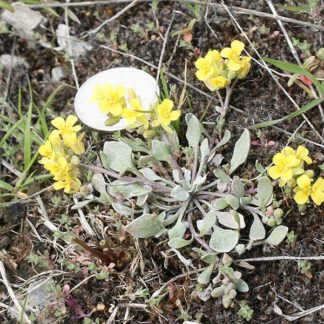
Physaria spp / twinpods
- yet another very small yellow crucifer/brassica
- densely hairy leaves, tapering to a petiole
- bloom in early spring on minimal soil in rocky places
- fruit characteristics TBPL
-
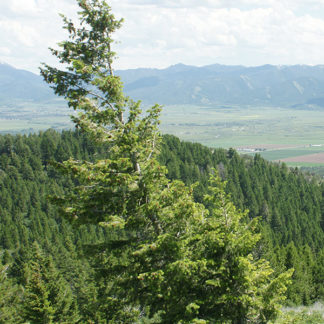
Picea engelmannii / Engelmann spruce
- common, especially in mixed conifer forests
- canopy a narrow spire in young trees, cylindrical in older trees
- sharp, pointy needles, generally "swept" toward branch tips
- needles attached to twigs with woody pegs (sterigmata)
- pendant cones less than 2.5 inches long; thin scales, wavy margins
-

Pinus albicaulis / whitebark pine
- high altitude - subalpine to alpine; cold, windy sites
- five needles in tight fasicles
- brown to purple cones at top of tree; cones don't open
- scaly grayish bark
-

Pinus contorta / lodgepole pine
- evergreen conifer
- needles in groups (fascicles) of 2
- lopsided cones, (mostly) remain on tree when mature
- rounded crown; orangey-brown scaly bark
-
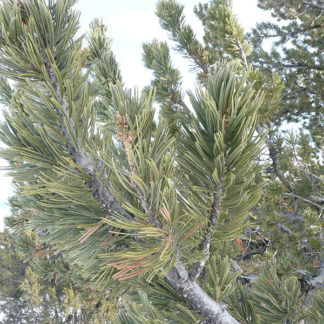
Pinus flexilis / limber pine
- high elevation, rocky or talus, dry, high-stress habitat
- often - stunted and deformed by wind
- highly flexible branches
- needles in bundles (fascicles) of 5
- often - semi-rotted cones on ground below
-
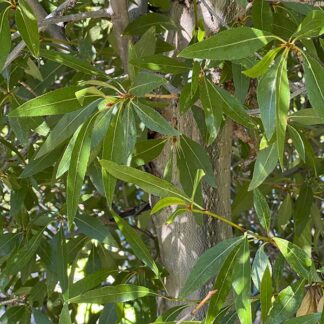
Populus angustifolia / narrow-leaf poplar
- a riparian tree also planted for landscaping
- long, narrow leaves with serrated edges
- furrowed, grey bark on mature trees; smooth and yellow-ish on young trees
- flowers are small, grey catkins in very early spring
- fruits are fluffy white cotton in early-mid summer
-
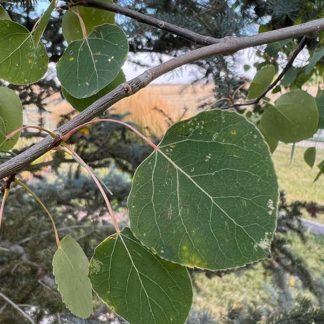
Populus tremuloides / quaking aspen
- white barked, often growing in large clones
- leaves flat with long, flat petiole at 90˚
- leaves quake in even light breezes
- twigs and buds reddish, long and pointed
- catkin flowers in very early spring
- leaves turn yellow or reddish or orange-ish in fall
-

Potentilla gracilis / slender cinquefoil
- yellow, 5-petaled flowers with many stamens
- petals touch or overlap
- leaves with 5-9 toothed, deeply cut lobes
- leaves may be hairy, especially below
- many different exposed habitats
-
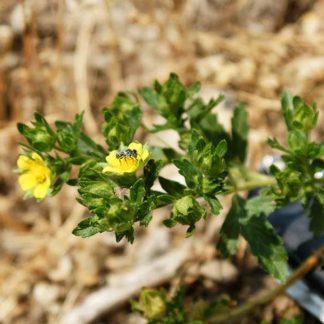
Potentilla norvegica / rough cinquefoil
- 5 yellow petals, not fused
- 5 sepals longer than petals, esp. after flowering
- numerous stamens and pistils
- compound leaves with leaflets grouped in 3s
- prominent veins; toothed margins
- hairy stems
- mostly in disturbed areas, including gardens
-

Primula parryi / Parry’s primrose
- striking, bright magenta (or pink) flowers with yellow centers, 5 petals
- 3 to 30 flowers per stalk
- brilliant green foliage as a rosette
- foliage releases horrible smell with the slightest touch
- typically at higher altitudes in wet places
-

Prunella vulgaris / self-heal
- compact spike of tiny purple, mint-like flowers
- upper/lower lips purple and white respectively
- square stems, opposite leaves
-
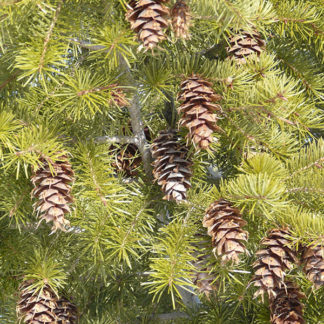
Pseudotsuga menziesii / Douglas fir
- persistent cones with distinctive 3-pronged, "mouse tail", bracts
- semi-pointy, but not stiff or sharp, single needles
- needles attached to twigs by petioles (no pegs)
- oval leaf scars
- twig buds are pointy, "lustrous" brown
Showing 97–108 of 135 results